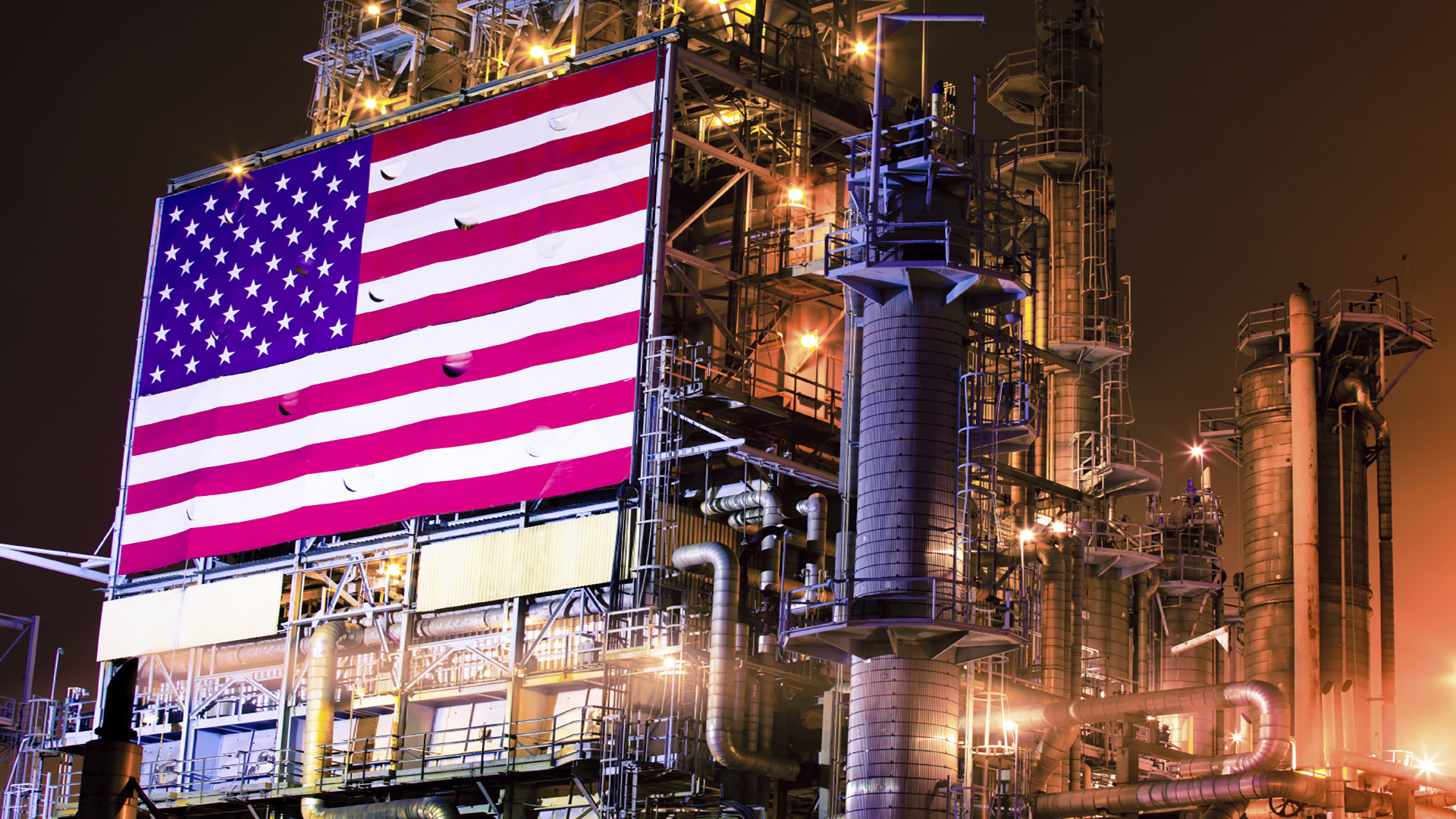Energy is a commodity. Just like agricultural products (corn, beef, etc.) energy (including oil, natural gas, gasoline, electricity) is a basic building block of myriad other products. Because they are a basic unit of production, commodities prices are subject to the direct influence of supply and demand.
The more supply, the lower the price. The more demand, the higher the price and visa versa. Commodity prices are cyclical, meaning they react as broader economic trends expand or contract.
It’s no secret, energy commodities are currently in a downward cycle, due primarily to global oversupply. While it may seem simple enough to simply scale back production of energy as a means of lowering supply and buoying prices, this ignores the significant investments and timelines necessary to achieve the technical feat of actually extracting energy from the ground.
Even during times or low oil and natural gas prices, energy producers must plan for a time when prices rise again and make large long-term investments that require years to recover. While low energy prices may impact the level of activity in the oil and gas field in the near-term, producers must be allowed to make the investments and build the infrastructure that will allow them to produce more energy when supplies drop and prices rise.
This will not only ensure producers can hire more workers, and help grow the economy, it will also help keep the United States more energy independent and secure.

